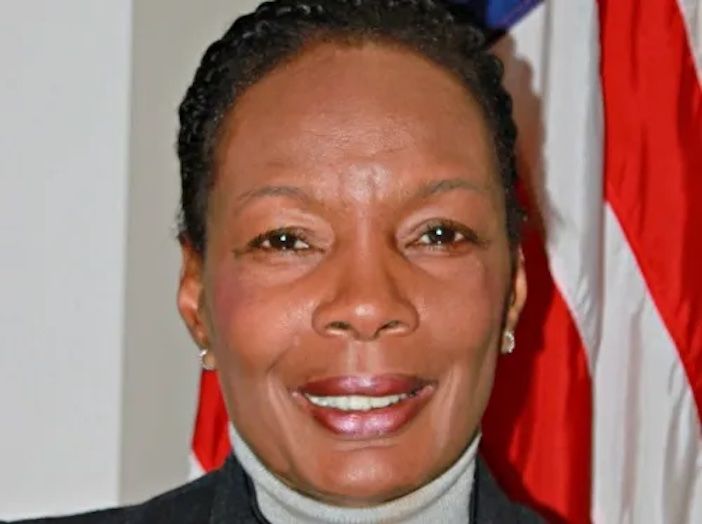Federal and state transportation officials launched National Work Zone Awareness Week (NWZAW) on Monday (April 21, 2205) in Raleigh, North Carolina. The annual safety event, running till the end of the week, this year has the theme: “Respect the Zone So We All Get Home.”
US Transportation Secretary Sean P Duffy delivered the keynote address (see video link above) emphasizing safety. “Safety is my top priority,” said Duffy. “On behalf of the Trump Administration and USDOT, I’m honored to support National Work Zone Awareness Week. Together, we can usher in a golden age of travel while making our work zones – and our roadways – safe for everybody.”
Meanwhile, North Carolina Transportation Secretary Joey Hopkins joined Federal Highway Administration (FHWA) officials and other transportation leaders at the live kick-off event.
As construction season begins, the FHWA is reminding drivers to slow down near highway work zones to prevent fatalities. The agency encourages the public to wear orange on Wednesday, April 23, for the national “Go Orange Day” to show support for highway workers.

FHWA executive director Gloria M. Shepherd noted that everyone has a role in work zone safety. “Highway workers face some of the toughest conditions because their jobs require them to work in areas very close to high-speed traffic,” she said. “By staying alert, drivers can help workers do their jobs safely and arrive home when their work is done.”
Recent statistics show progress in reducing work zone fatalities, with a nearly 7% decrease from 2021 to 2023 according to National Highway Traffic Safety Administration data. Despite this improvement, 899 people died in work zone crashes in 2023.
Data from 2022, the most recent year with detailed analysis, reveals that 34% of fatal work zone crashes involved speeding, 21 percent involved rear-end collisions, and 30% involved commercial vehicles including large trucks and buses.
The FHWA advises drivers to avoid distractions by focusing on driving safely and putting phones away. Motorists should obey posted speed limits in work zones and remain aware of workers near travel lanes. Officials also recommend watching for pedestrians and bicyclists, giving commercial vehicles extra space in work zones, finding alternate routes when possible, and following detours and signage for active work zones.
More data on work zone fatalities is available at the National Work Zone Safety Information Clearinghouse, operated by the American Road and Transportation Builders Association and the Texas A&M Transportation Institute in coordination with FHWA.
The FHWA has coordinated National Work Zone Awareness Week since 1999 in partnership with the American Traffic Safety Services Association and other organizations. Many states hold their own NWZAW events. Through its Work Zone Safety Grant Program, FHWA has trained more than 125,000 field workers and government personnel through nearly 4,700 courses.
Here’s a full transcript of Sean Duffy’s address:
“I’m US Transportation Secretary Sean Duffy, and I’m proud to join you in recognizing National Work Zone Awareness Week. This year’s theme, ‘Respect the zone so we all get home,’ is a powerful reminder of what’s at stake when we drive through work zones across the country. Roadway safety always hits close to home for me because my wife, Rachel, the mother of our nine children, survived a deadly head-on car crash that changed her life forever. I’m eternally grateful that she survived the crash because my life would be radically different without her. Now, we lose approximately 40,000 people on US roads every year. And by the way, that is way too many. We have to get that number down. That’s why National Work Zone Awareness Week is so important. It’s an opportunity for us to highlight how every driver can help keep work zones and the people who work in those zones safe.
“Safety is my top priority. As the Secretary of Transportation, I want to work with you to end the loss of life due to preventable accidents. We’re already trending in the right direction. From 2021 to 2023 alone, work zone fatalities have decreased by nearly 7%. The US Department of Transportation will continue to raise awareness about work zone safety, not just during National Work Zone Awareness Week, but throughout the year. Right now, we’re asking drivers to do their part: put down their phones, eliminate distractions, obey speed limits and signs in and around work zones, follow detours, and keep an eye out for highway workers. As construction season ramps up this summer, we all have a role to play in protecting the men and women who build and maintain our great American roadways. Their safety depends on the choices we make behind the wheel.
“On behalf of the Trump administration and the US DOT, I’m honored to support National Work Zone Awareness Week. Together, we can usher in a golden age of travel while making our work zones and our roadways as a whole safe for everybody. Remember, respect the zone so we all get home.”




